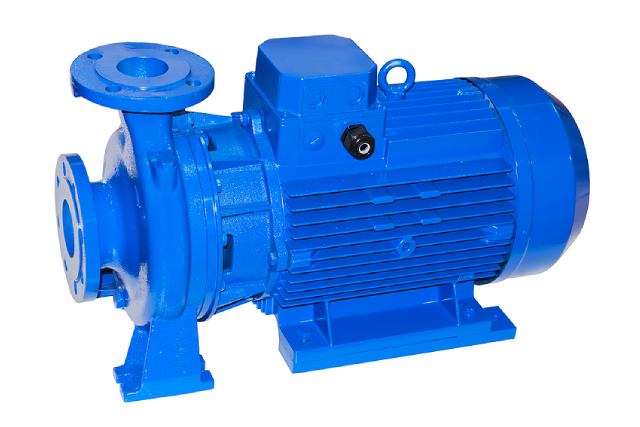5 Causes Behind Priming Failure In Self-Priming Pumps

Self-priming centrifugal pumps are distinct compared to other pumps like magnetic drive and vacuum pumps in Singapore in that they can, as their name suggests, prime themselves under a suction lift. They are designed to intake fluid from the tanks placed below, making them safer and easier to work on than those that operate below ground.
Self-priming pumps independently free the entrained gas and work as intended under the right conditions. However, there are times when certain factors cause them to experience priming failures. It is essential first to understand how a self-priming pump works to understand why such a problem occurs.
Understanding Self-priming Pumps
Although self-priming pumps can draw in fluids does not mean they should be started up dry; the casing needs fluids first to get started. Running dry, even temporarily, can severely damage the mechanical seal and ultimately cause pump failure.
Once turned on, the pump's impeller starts to rotate clockwise, and the fluids within (called the initial prime) flow into the discharge cavity through the volute, where the air and fluids separate. The former evacuates through an air release line while the latter goes back to the impeller via a recirculation port.
During this process, low pressure simultaneously forms at the eye of the impeller. And since atmospheric pressure is higher in this area, fluid gets forced upwards to the suction line and the air ahead of it is forced into the casing and handled in the same way as the initial prime through the recirculation process. The pump thus operates as usual once the fluid arrives.
Common Causes For Priming Failure In Self-Priming Pumps
1. Debris in the impeller
Debris obstruction in the eye of the impeller can impede or outright disable the component's hydraulic capability to generate an area of low pressure.
2. Suction line air leak
A low-pressure area is created from the recirculation of fluids in the pump and the removal of air via the discharge chamber. Still, if there is a leak in the suction line, not enough air is released, and most of it continues to be drawn in, impeding the process.
3. Plugged recirculation port
4. Air-bound pump
Pumps can get air bound should they encounter any of the following conditions:
- Pressurised discharge line
As the valves on the air release line and discharge line get closed, there is nowhere for the air to flow and leave the pump.
- No air release line
The absence of an air release line leads to air collecting on the discharge side and never getting vented out to the atmosphere.
- Excess impeller clearance
Extra clearance between the impeller and wear plate results in the pump facing difficulties generating a low-pressure area. This clearance generally develops through wear and tear but also improper reassembly.
5. Lift is too high for the impeller diameter or pump speed
An undersized pump for the suction line cannot create the low-pressure area required to prime itself. Hence, it is critical to fully understand the suction lift requirements before choosing a pump for the application.
Conclusion
A self-priming pump's ability to prime itself hinges on every process working correctly; the pump should be able to release air from within, generate a low-pressure area at the eye of the impeller, and have the correct dimensions for the appropriate NPSH conditions.
Winston Engineering offers an extensive product catalogue of high-quality pumps, air compressors, and wet and dry vacuum cleaners in Singapore designed to perform even in the most demanding applications.
For more tips, tricks, and content around industrial pumps, consider checking out our blog to understand how to navigate the various types and applications of vacuum pumps, and more.
For inquiries about our products, don't hesitate to contact us today!

